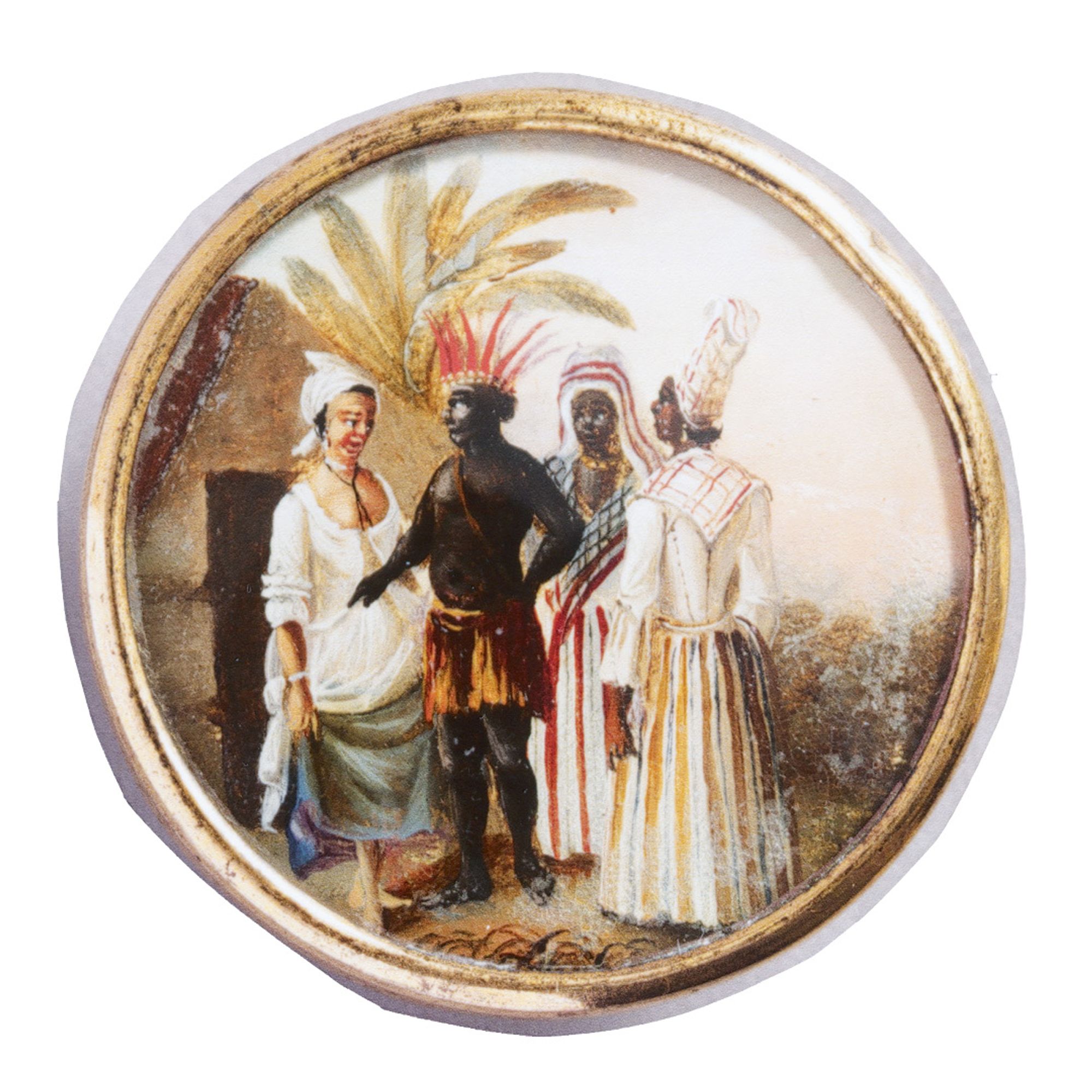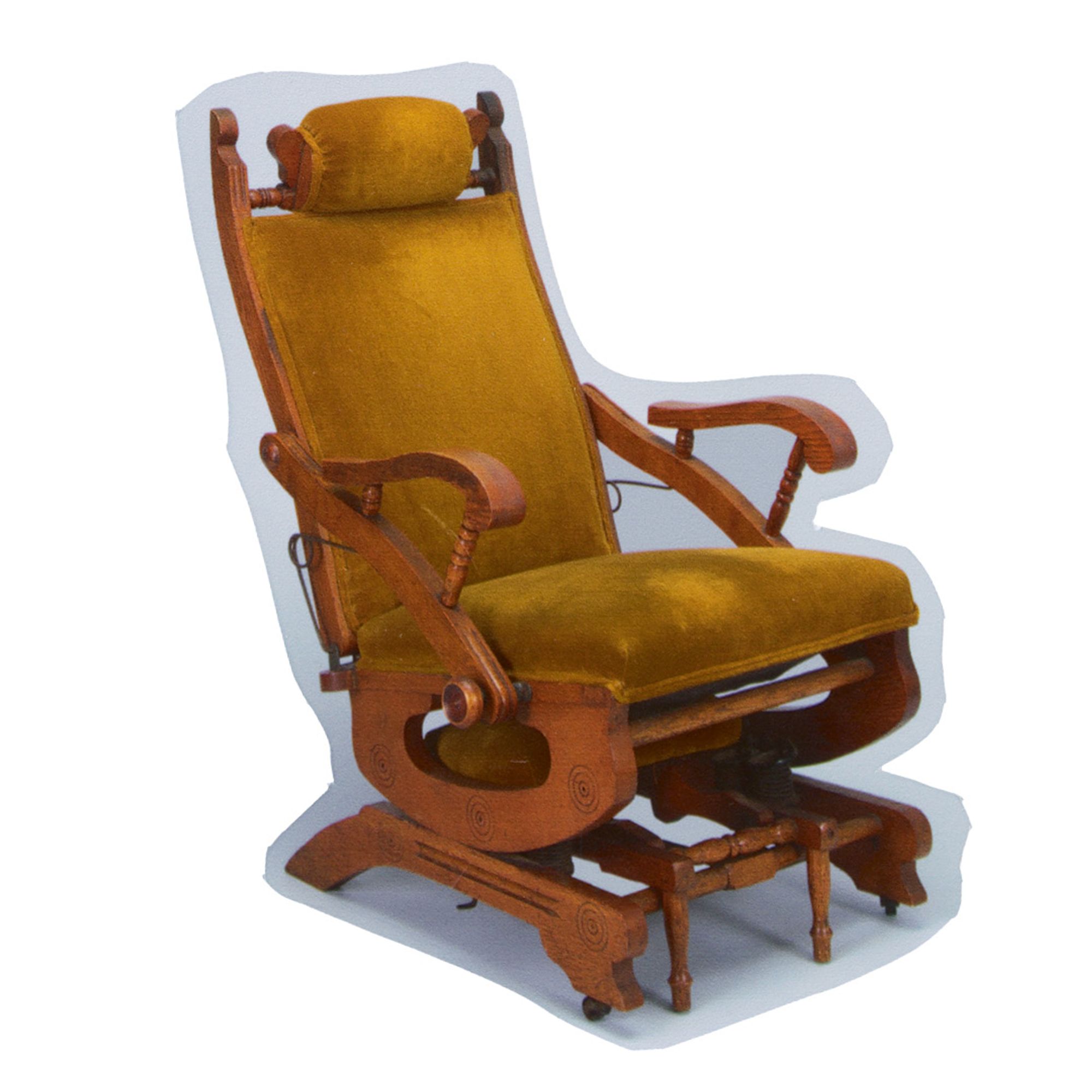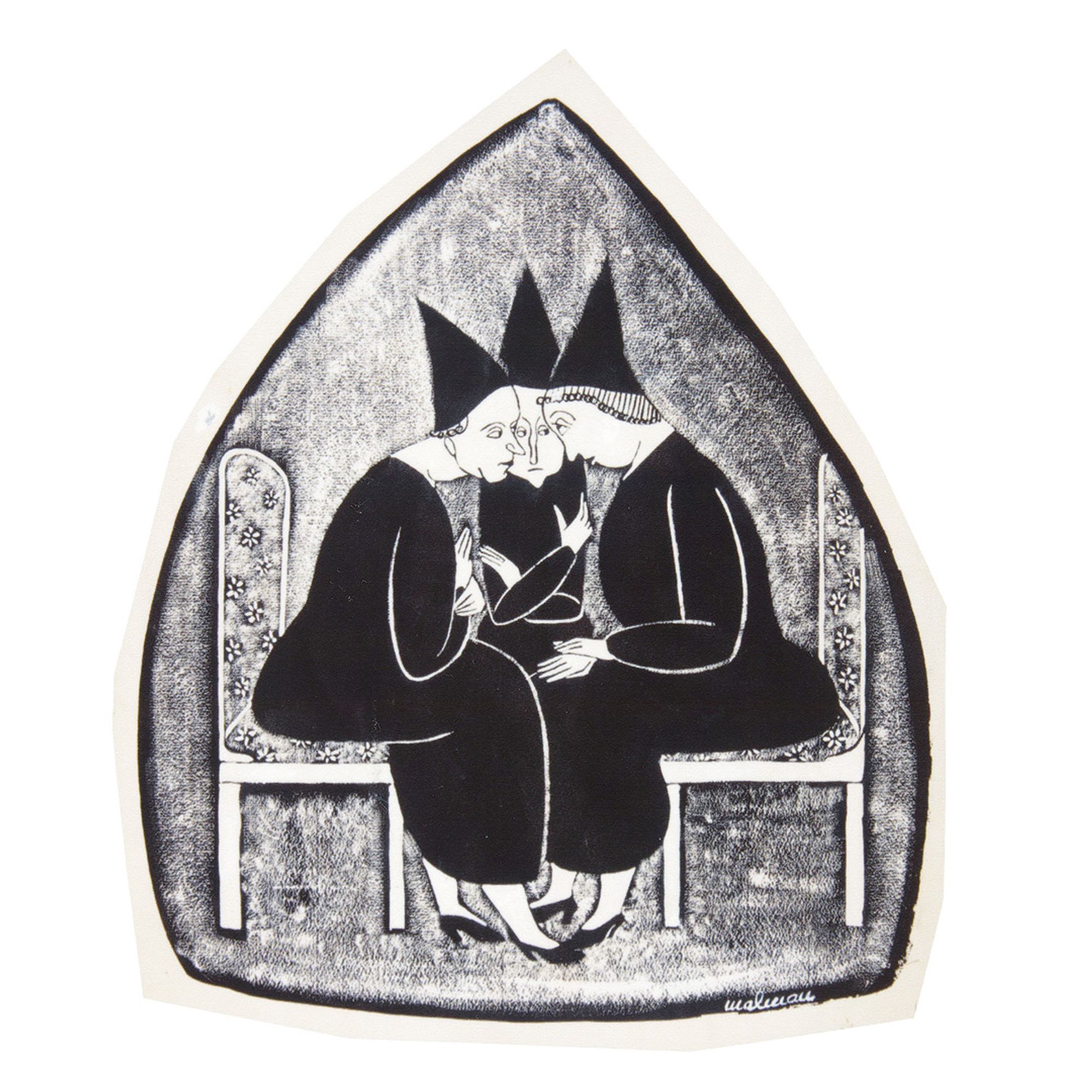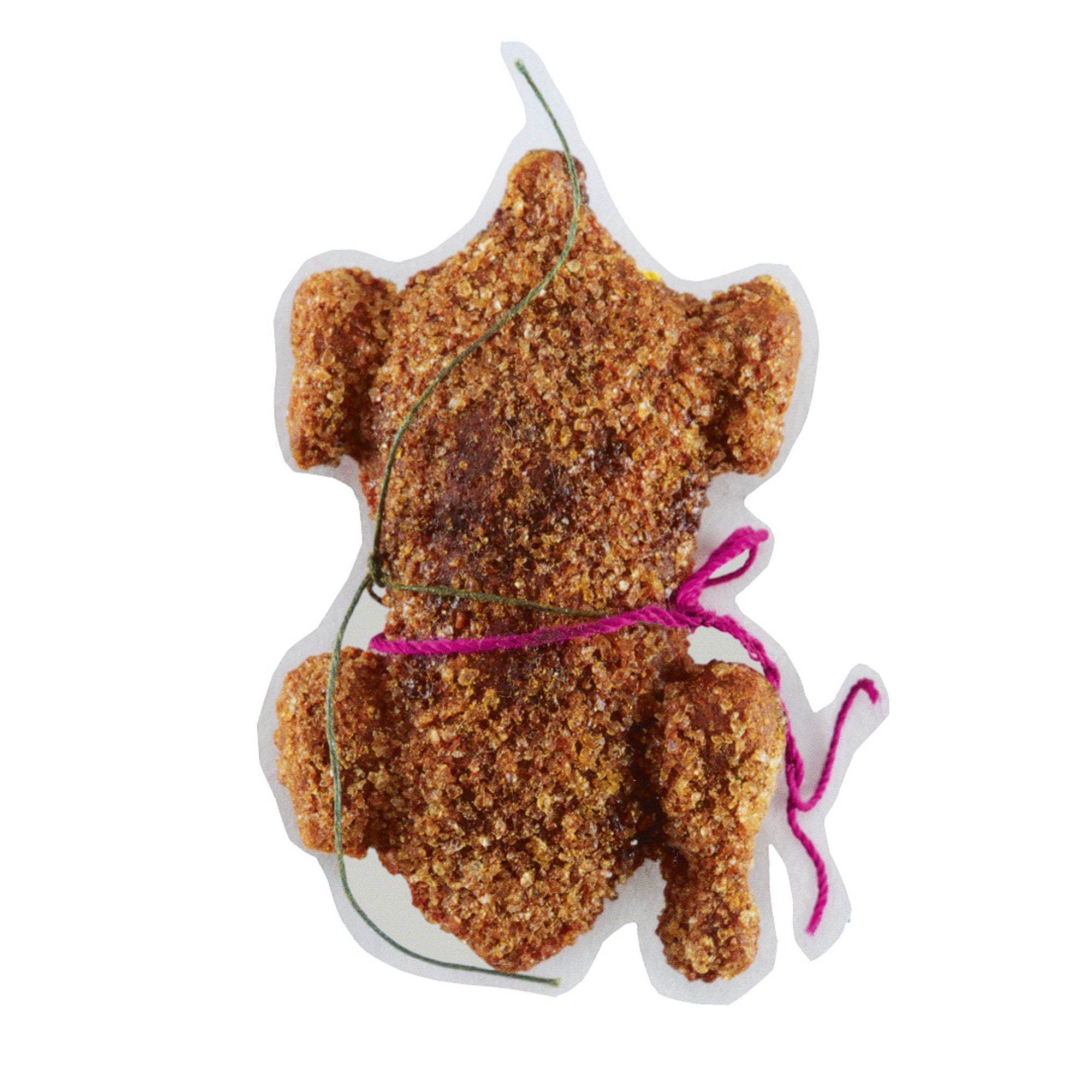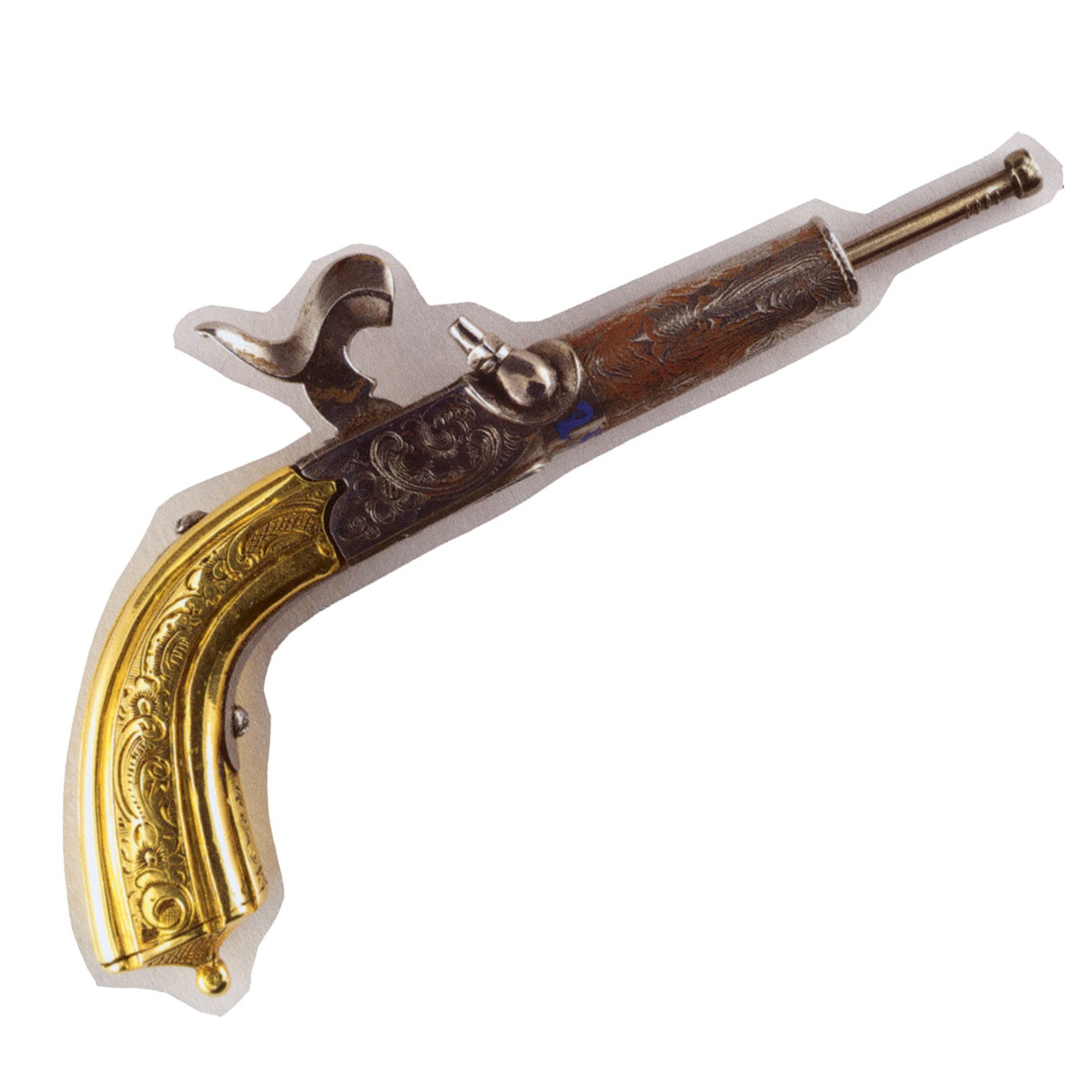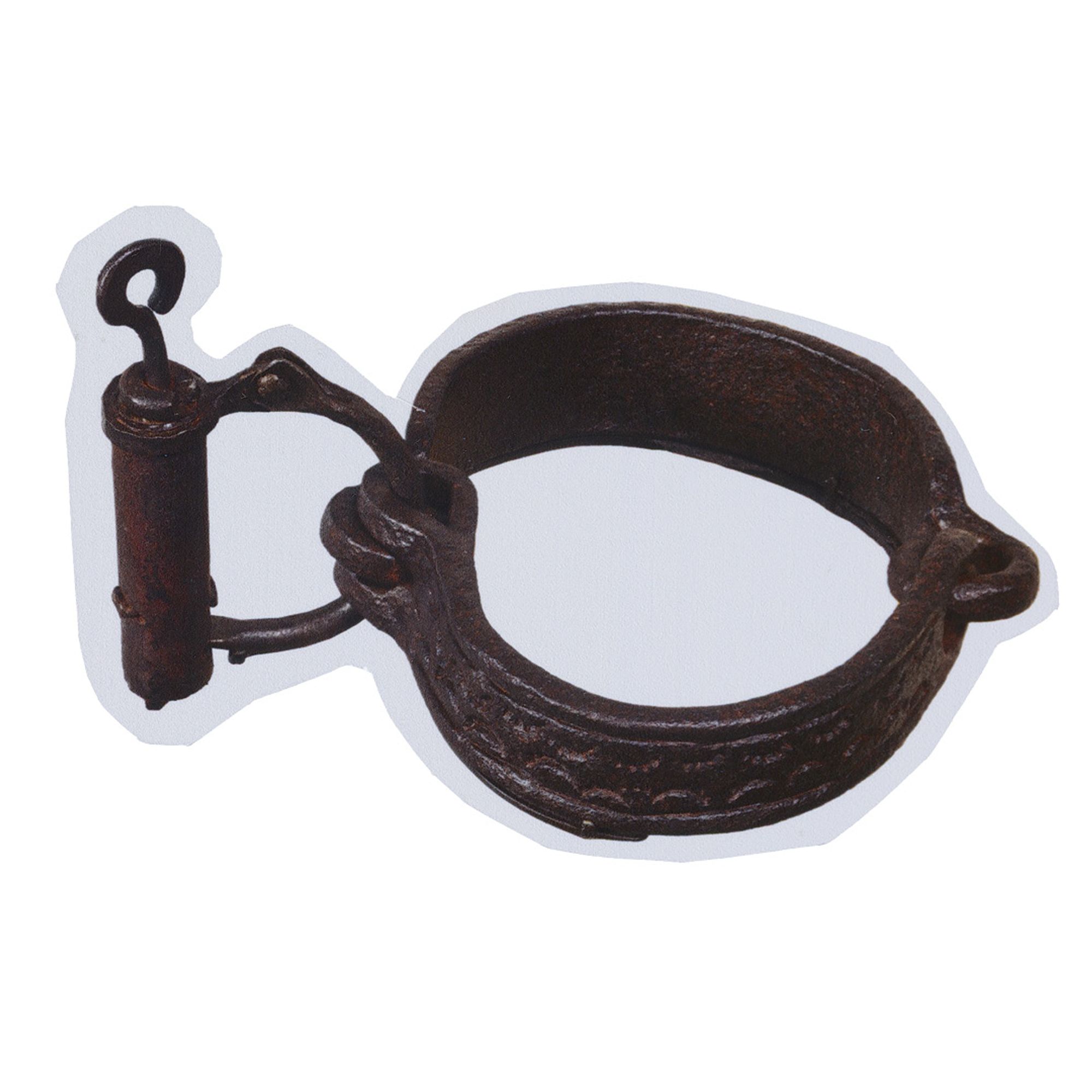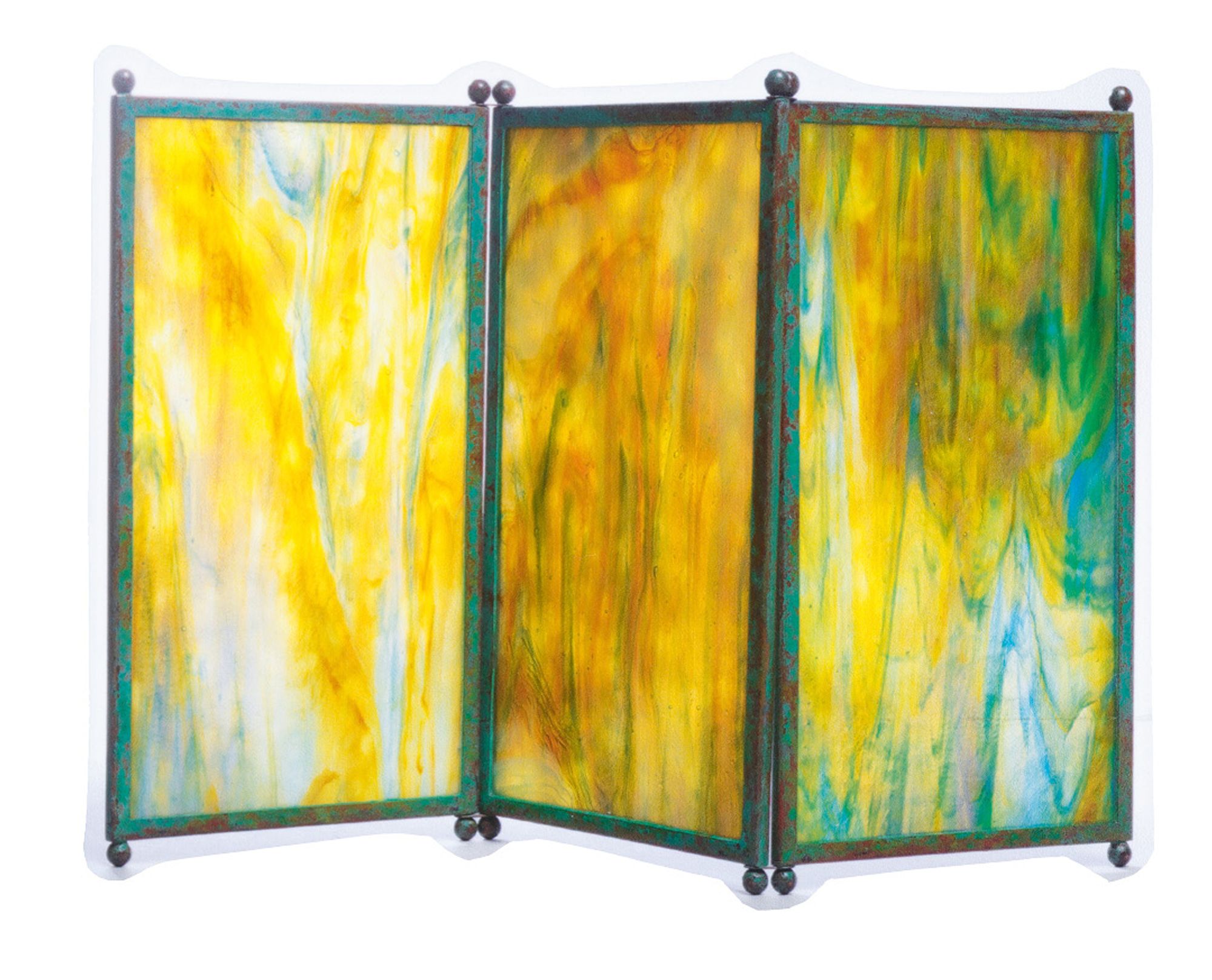
Louis Comfort Tiffany, Tea Screen, c. 1905; favrile glass, oxidized bronze.
The panels of this 1905 tea screen shimmer like there were a flickering flame trapped inside the glass. Louis Comfort Tiffany developed this iridescent effect, known as favrile glass, in 1894, introducing metallic oxides into molten glass as it hardened. It won him the grand prix at the 1900 Exposition Universelle in Paris. The year this particular screen was produced was a political hotbed: the radical Industrial Workers of the World union came together in Chicago while W.E.B. Du Bois and other civil rights activists founded the Niagara Movement, an antecedent to the NAACP. The tea screen, designed to contain the potentially destructive heat of a lit teakettle, reflects these political boiling points.

